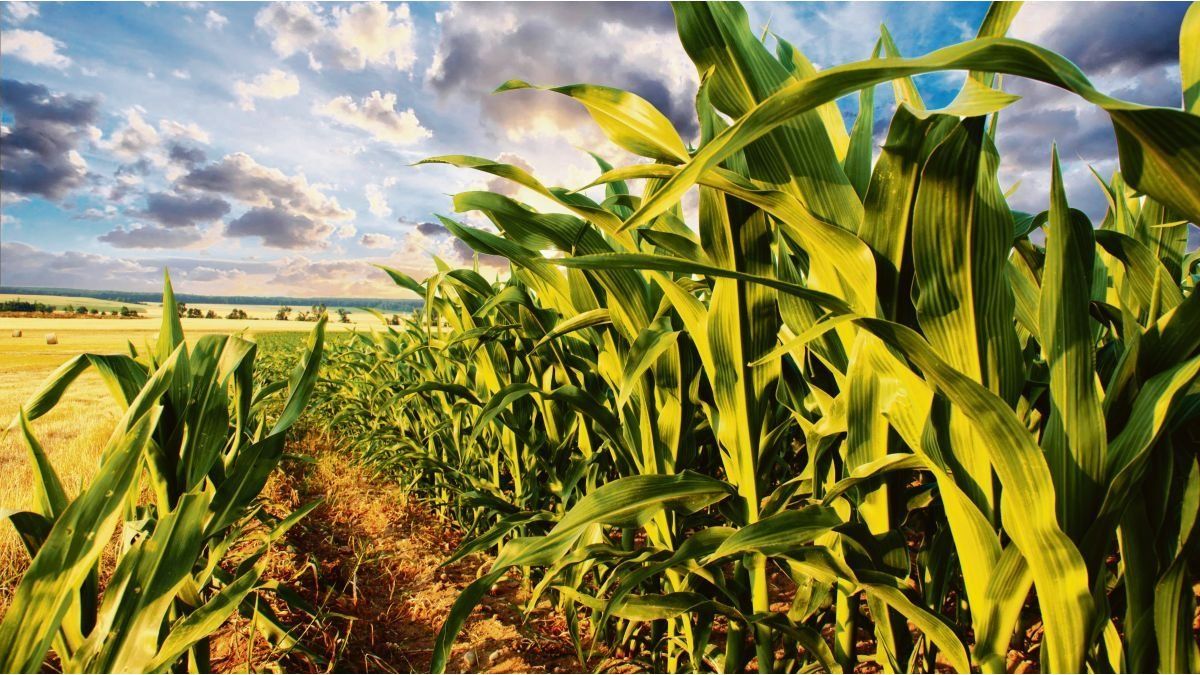He field is the news againthe concurrence of climatic problems and plant diseases, leads us to be pessimistic about the strong inflow of foreign currency in the coming months.
The main focus is focusing on the late cornwhich is planted in the months of December and January, harvested between July and August.
We had excessive rainfall, droughts in the north of Argentina rarely seen, a leafhopper that transmits spiroplasma, a disease in corn plants that can reduce their production by up to 70%, and just in case that was not enough , wind gusts of up to 120 kilometers per hour that knock down plants and abort production.
What numbers are we talking about?
In corn, 57 million tons were expected. We are not sure what the final harvest number may be, but we will try to make an approximation.
Exporters have already recorded Affidavits of Foreign Sales for 21.8 million tons of the 2023/24 campaign, this implies that they have already paid the export duties for this amount of merchandise. In Argentina, corn is consumed for the equivalent of between 16 and 18 million tons. If we take this last value we could say that there are commitments for almost 40 million tons.
In the market there is corn purchased for only 13.3 million tons, of which only 5.2 million tons were priced.
If there is a decrease in the corn harvest that exceeds 10 million tons, the economy will begin to feel the collateral effects, namely:
1) The quantity sold with price is 5.2 million tons, versus external and internal commitments for 40 million tons, this shows us that a significant decrease in the harvest will push prices up, which will impact the entire chain. of corn, and will make prices more rebellious. Future corn should soon show signs of rising.
2) A decrease in production will mean fewer dollars for the treasury. If the losses increase, I would tell you that we are very close to the export ceiling. In the 2020/21 campaign we exported 40.4 million tons, in the 2021/22 campaign we exported 33.9 million tons, and in this campaign we have declarations of sales abroad for 26.4 million, in the best scenario we will be equal what was exported in the previous campaign.
3) The disease on the corn plant is affecting late corn, Córdoba is the largest producer of this corn, which brings a crisis to the province of unknown characteristics. Producers, after years of climate problems, will have difficulties making payments for this campaign and obtaining the working capital necessary for the next one.
4) The poor corn harvest will bring various problems, fewer dollars to reserves, higher food prices, bankruptcies in many agricultural farms, and a poverty effect focused on the provinces that are large producers.
Regarding soybeans, although 50 million tons of production are estimated, we must be very cautious, because we are going to have a lot of decline due to climatic problems of drought in the north and abundant rains in some places in the south. However, more dollars will come in for this product, since last year the harvest was 21 million tons.
Wheat is complicated, with the current international price the intention to plant wheat has collapsed, the price is very low internationally, and Argentina was left with very high taxes, let us remember that this product has 12% withholdings. In the last campaign, 15.1 million tons were harvested; for the current campaign, if there is no reduction in retentions, the amount harvested will be much less than the last campaign.
Conclusions
- While most economists consider the 2023/24 harvest as a closed issue, we must warn that it is an open issue. It is true that more dollars will come in from soybeans, but be careful that corn can give us a big headache, and that wheat planting intentions are collapsing.
- The rise in the price of wheat and corn will impact the price index, meaning inflation will continue to rebel for a long time. We are in the worst scenario, few quantities, high prices for the domestic market, and low profitability for the producer. If we look at it from the State’s side, it will have less tax revenue, and few dollars in reserves.
- If we look geographically at the climate problems, we see that Córdoba and northeast Argentina will be the most affected. With producers that are going to disappear in this campaign, and those that remain will have to juggle to obtain the necessary working capital for the next campaign. We believe that we are going to see a drop in rental prices, if this does not happen by next year we will have fewer producers in the business.
- As if all this were not enough, the 2024/25 campaign has a high probability of being a girl year, this implies below-normal rainfall.
- The countryside is not having revenge, it is time for the government, through active policies, to generate some action to stop the crisis it is going through. On Friday, the beef stock was known, which as of December 31 amounted to 52.78 million heads, while a year ago it amounted to 54.24 million heads, a drop of 1.46 million heads. Stock that falls, implies business that does not close, another sector with problems that is now showing declines in exports due to the drop in the price of exports to China, aggravated by the relationship of our government with the eastern country.
- In summary, be careful that the expected flow of dollars from the countryside is not there, dollars will come, but less than what the average consultants plus the government want, and this can change the scenario of the national economy.
Source: Ambito
David William is a talented author who has made a name for himself in the world of writing. He is a professional author who writes on a wide range of topics, from general interest to opinion news. David is currently working as a writer at 24 hours worlds where he brings his unique perspective and in-depth research to his articles, making them both informative and engaging.




